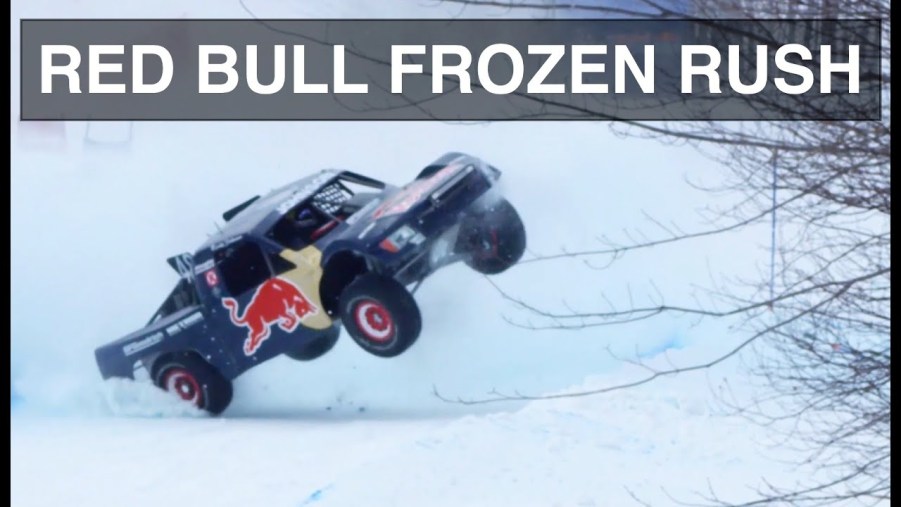
Why Do 900-hp Pro4 Race Trucks Still Dominate in the Snow?
Just like stock car racing, there are also racing leagues and events dedicated specifically to off-roading. One of the most popular events is the Red Bull Frozen Rush. Instead of the usual dirt track, the truck riders compete by racing over snow and ice.
The engines under the hoods of these trucks aren’t the kind you would typically find in a regular truck. The cars used in these events are Pro4 trucks with heavily modified engines. For Frozen Rush, the trucks race with 900 hp engines and studded tires. Still, how can the drivers stay safe and still tear up the snowy tracks? Engineering Explained help break down the mechanics of this incredible sport for us.
Focusing on structure
Even though colliding with other drivers isn’t the goal of this competition, it’s unavoidable due to the unsteady terrain. Because of this, the team focuses on building a car with a strong chassis rather than trying to give the truck the most stylish exterior. The body is made of fiberglass and is built on tubular steel.
There are no max weight restrictions, but each truck must weigh at least 3,850 pounds. The overall weight of the truck is usually dependent on its engine size. The competition rules state that the truck needs to have 10 pounds for every cubic inch of the motor. For example, if the engine is 420 cubic inches, the truck must weight at least 4,200 pounds.
If the truck is lighter, this means that it has a smaller engine but it’s more aerodynamic on the track. In contrast, a heavier truck won’t have as much speed, but its higher engine power could mean a victory depending on the situation.
Keeping the engine cool
These trucks have no windshields and only have fabric nettings in place as window coverings. The purpose of this is to keep the engine’s radiator at the lowest possible temperature. Because these trucks have such high power outputs, the engines have a higher chance of becoming overheated.
The radiator is located behind the driver to keep it safe from any debris and maximize the airflow. Coolers for the transmission and the transfer case are mounted to the bottom of the truck.
Using high-powered engines
Each truck used in Frozen Rush has a custom-built V8 engine. Carbureted engines are the most popular option, though fuel-injected engines have also been used. The engines usually have a power output of 900 hp and 800 lb-ft of torque, but there are no restrictions on engine power. Most trucks can reach a maximum speed of 90 mph. The engines use VP premium racing fuel with an octane rating of 116.
Using unique tires
The trucks also use special tires specifically built for this event by BFGoodrich. The tires are 35 inches and have 700 studs to give the drivers the most traction control. The wheels themselves are 17 inches, so the tire is able to sufficiently cover all four disc brakes. The rear wheels get more braking power to help the driver tackle tough corners.
Devising a gearing strategy
Speed and engine power are both important, but another key factor in winning these matches is the ability to switch gears quickly. This can be difficult due to the snow on the track. Before the match begins, the snow is packed tightly because it has not been disturbed, so driving in high gear is better for speed. Once the trucks start driving over the track, the snow gets loose, and low gear should be engaged for better traction. Drivers have to be able to switch gears at a moment’s notice to keep their edge in the competition.



